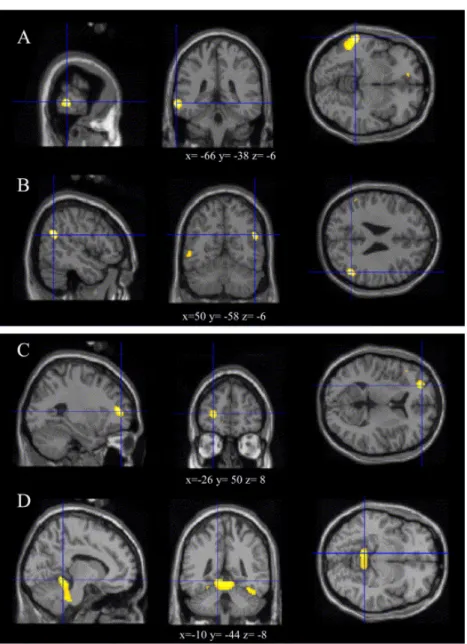TítuloEvaluation of the effect of training using auditory stimulation on rhythmic movement in Parkinsonian patients—a combined motor and [18F] FDG PET study
Texto completo
Figure




Documento similar
Foreknowledge (informative and non-informative pre-cues), sensory updating and task-switching were orthogonally manipulated in order to test three different research questions:
To test the direct effect of bacteria on the r-SDF, sperm samples from 6 different bulls classified in the group of individuals without bacteria were
Two series of coatings (using two different peak powers) were deposited with increasing V content, in order to evaluate the effect of V addition on the surface and cross
The expression ((having become common since the spring)) -the French original reads ((etant devenues populaires des le printems»- refers to the spring of 1708 and is
It has been proposed that SSA to stimulus probabilities observed in animal auditory subcortical and
In study designs where the time-of-day effect on anaerobic power was investigated, exercise tests, which were implemented in morning, afternoon, and evening were performed
50 magnetic resonances were analyzed. They had been performed between 2016 and 2018 in patients with a clinical diagnosis of ankle sprain, with pain or signs of instability,
Two different statistical analyses were performed using the Limma™ package from Bioconductor: (i) patients with mutation versus patients without mutation, using the families